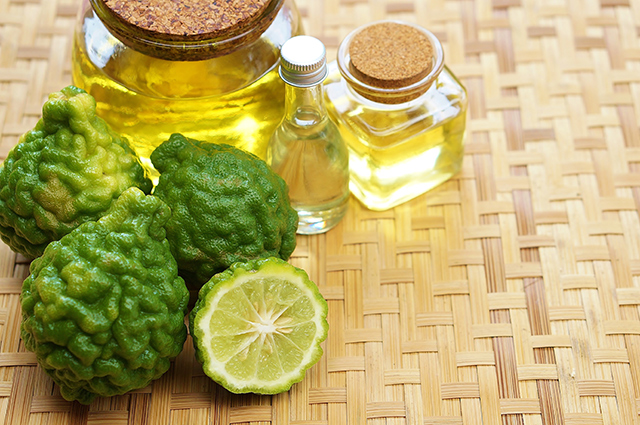More biological differences discovered: Pain originates differently in males than in females
04/02/2018 / By Zoey Sky

According to the results of a study by researchers from The University of Texas at Dallas, at the cellular level, “pain begins differently for men and women.”
The group of researchers, which included Dr. Ted Price, Dr. Salim Megat, and their colleagues in the Pain Neurobiology Research Group, has determined that handling receptors in the nervous system for the neurotransmitter dopamine in a certain way can halt chronic pain in male mice. However, it doesn’t work on female mice.
Dr. Price, an associate professor of neuroscience in the School of Behavioral and Brain Sciences, explained that the results of the study also implies that there are notable differences in pain’s origins among males and females.
He shared that despite the same intensity of pain in a male and a female subject, the mechanisms that drive pain are very distinct. Dr. Price added that the research team determined a cellular change that “completely reverses the genesis of the chronic pain in only the male.” The researchers also verified that various types of cells are responsible for driving the development of pain.
The study highlighted a recently discovered pain mechanism linked to D5 dopamine receptors, which is one of the five known classes of receptors for the neurotransmitter. Genetically-modified mice that didn’t have these D5 receptors had greatly reduced pain responses. However, this was only observed in the male mice.
Dr. Price noted that the response was “extraordinarily specific for males” and if the results are replicated in human tissues, it can help prove that a D5 antagonist drug can help treat pain in men.
Overlooked differences
Dr. Price detailed that the discovery was helped along by a four-year old dictate from the National Institutes of Health (NIH). Earlier pre-clinical experiments only observed male animals since they didn’t have an estrus cycle for reproduction that modulated hormone levels. When the NIH announced that research must include both males and females, dimorphisms (the differences between the sexes) were soon discovered.
Dr. Price shared that “a key variable” was overlooked for a long time, and that it was only in 2014 that they realized the need to take it into consideration. He added that the new research philosophy clarified why it was difficult to replicate the results of earlier single-sex studies. Clinical trials showed that “more women suffer chronic pain than men.”
Thanks to the recent advancements in studies that analyzed the crucial differences between males and females, a new model for pain relief medication may soon be discovered. (Related: Natural pain relievers beat Big Pharma drugs.)
According to Dr. Price, manufacturers could soon be developing “male- and female-specific drugs for chronic pain.” In any case, the development of diagnostics that can determine the cell types of individuals that prolong pain can allow the modification of “the therapeutic based on the underlying mechanism.” However, further study is required before this is possible.
Dr. Price shared that despite the discovery that D5 receptors are a pain relief target, he wishes to develop an effective treatment that will cater to women since most chronic pain sufferers are female. He hopes to include his research to the mounting proof of sex dimorphism to improve how pain alleviation is perceived along with relief for patients with chronic pain, gender notwithstanding
He shared that the D5 mechanism shouldn’t be the focus since it merely serves as proof that there are “extraordinarily strong mechanistic sex differences” when it comes to how pain becomes chronic. Considering what various experts have achieved in the field, this is something that must be carefully considered. It can even pave the way for a breakthrough that could change current data about pain relief and chronic pain.
Natural pain relievers
If you are suffering from chronic pain, consider some of the natural pain relievers listed below:
- Cloves — Cloves can help ease nausea and treat colds. Cloves can also be used as part of a topical pain reliever.
- Turmeric — Turmeric contains the compound curcumin, an antioxidant that can protect the body from free radicals that may damage cells and tissue. Turmeric can help treat many conditions like cancer, indigestion, psoriasis, and ulcers.
- Willow bark — Willow bark is used to soothe inflammation, the reason behind most aches and pains. The bark of the white willow contains a chemical called salicin, which is similar to the main ingredient in aspirin (Bayer).
You can learn more about other findings on chronic pain and pain relief at Research.news.
Sources include:
Tagged Under: biological differences, chronic pain, D5 dopamine receptors, discoveries, females, gender differences, males, medical science, nervous system, neurology, neurotransmitter, pain, pain mechanism, pain perception, pain relief, pain relief medication, receptors, research, studies


















